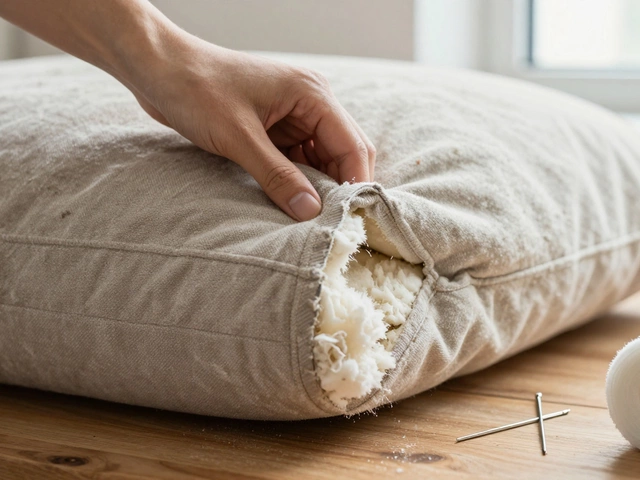Back Pain
When dealing with back pain, a common ache in the lower back that can disrupt everyday tasks. Also called spinal discomfort, it usually originates from poor posture, insufficient lumbar support, and lack of proper ergonomics in the home or office.
How Home Factors Influence Back Pain
Good ergonomics requires furniture that matches the natural curve of your spine, so a well‑designed chair becomes a key player in back pain prevention. When a chair offers adjustable height, lumbar cushions, and a tilt mechanism, it directly supports proper posture and reduces strain on the lower back. Likewise, a work desk set at the right height encourages a neutral wrist and shoulder position, which in turn lessens the load on the lumbar region. The relationship can be summed up as: ergonomics enables correct posture, correct posture supports lumbar health, and lumbar health lowers back pain incidents.
Physical therapy adds another layer of protection. A qualified therapist teaches targeted stretches, core‑strengthening exercises, and movement patterns that reinforce the benefits of ergonomic furniture. In practice, the therapist’s program complements a well‑set up home office: the exercises improve muscular support around the spine, while the ergonomic setup maintains the alignment taught during sessions. This synergy creates a feedback loop where therapy enhances posture, and posture amplifies therapy outcomes.
Beyond the office, everyday activities matter too. Carrying heavy bags on one shoulder, slouching on a sofa, or sleeping on a mattress that doesn’t cradle the back all feed back into the same cycle of strain. Adjusting these habits—using a backpack with padded straps, choosing a sofa with firm seating, or selecting a mattress with medium‑firm support—mirrors the same ergonomic principles applied at a desk. Each change contributes a small but meaningful reduction in spinal load, illustrating the triple connection: lifestyle choices impact ergonomics, ergonomics shape posture, and posture determines back pain levels.
For those already experiencing chronic discomfort, a combined approach works best. Start with a quick home audit: check chair height, keyboard placement, and monitor eye level. Add a lumbar roll or cushion if the chair lacks built‑in support. Follow up with a short routine of cat‑cow stretches, pelvic tilts, and seated rows—exercises often prescribed by physical therapy professionals. Consistency is key; even five minutes a day can shift the spine toward a healthier alignment.
Below you’ll find a curated list of articles that dive deeper into each of these areas—whether you want DIY ergonomic hacks, posture‑improving workouts, or guidance on choosing the right mattress. Use them as a toolbox to tackle back pain from every angle and start feeling the difference in your daily life.
Is Sleeping on a Sofa Bed Bad for Your Back? Comfort, Science, and Real-Life Tips
Thinking about crashing on a sofa bed? Get the facts on how it affects your back, comfort tricks, and science-backed tips to protect your spine.
full article




